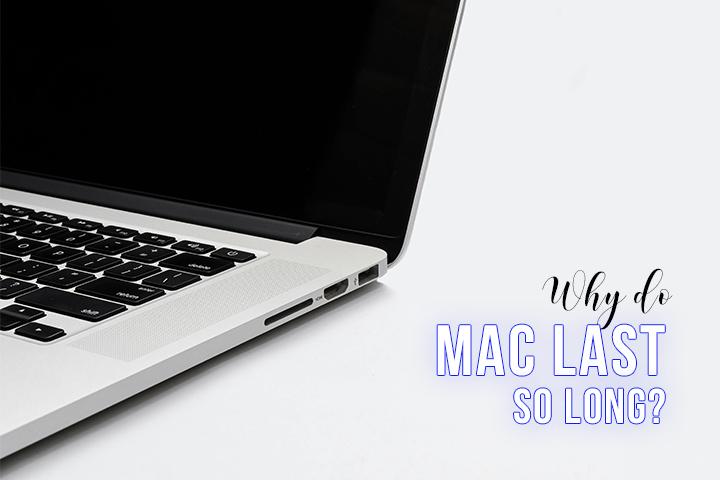After the biggest update ever to iPadOS, I’ve also been using a powerful new Android tablet and it reminded me that tablets still have a big issue.
Let me explain.
The Real Problem with Tablets in 2025
We already have smartphones. We also have laptops and desktop computers. So, most people don’t really need a device that sits in between.
Unless tablets can do something special something that neither phones nor computers can do their value feels limited. And that’s the case for both iPads and Android tablets.
The iPad Example: Amazing Hardware, Limited Software
Take Apple’s iPad for example. iPhones are everywhere, so app developers usually make apps for the iPhone first. The result? Most iPad apps are just stretched-out versions of iPhone apps.
Yes, there are some great iPad apps like Procreate and Pixelmator, but they are rare. Many apps still don’t use the iPad’s full power even in 2025, there’s no proper Instagram app for iPad.
The hardware keeps getting better amazing chips, beautiful screens but the iPad experience still feels limited because iPadOS hasn’t caught up. That’s been the case for years.
A new iPadOS update (iPadOS 26) seems promising, but I’ll talk about that in another post.
Let’s Talk Android – Meet the OnePlus Pad 3
So now, let’s switch gears.
This is the OnePlus Pad 3, and it might be the best Android tablet I’ve ever used.
Let’s look at the specs:
- Snapdragon 8 Gen 3 chip
- 12GB or 16GB RAM
- Up to 512GB storage
- 13.2-inch, 144Hz LCD screen (315 PPI)
- 12,140 mAh battery
- Super thin: under 6mm
- 80W fast charging
- Eight amazing speakers (quad woofers + tweeters)
The screen is bright, sharp, and super smooth. The build quality is premium. It even hides the selfie cam in the bezel. The battery life is insane OnePlus says it can hold power for two years if fully charged and switched off!
From my personal use: I left the tablet in my bag at 85% battery, took it out the next day still at 84%. That’s crazy.
You even get the 80W charger in the box, all for $699.
So yes this is a beast of a tablet.
But Here’s the Catch: Who’s Really Buying Tablets Anymore?
That’s the big question.
Most people already have a smartphone. If they need to do serious work, they use a laptop or PC. So, why would anyone need a high-end tablet?
Unless you’re someone who games, draws, or uses specific apps, it’s kind of overkill. Sure, this tablet is excellent for watching videos, browsing the web, or attending Zoom calls. But many cheaper tablets can handle that too.
Just like with iPads, Android tablets are struggling to find a real place in everyday life.
Why Android Tablets Are Still Niche
This is the problem. Even if a tablet like the OnePlus Pad 3 is packed with features, it’s still hard to recommend to most people.
Most iPads I’ve seen lately are either:
- Used in shops as cash register screens
- Or given to kids to watch cartoons
In the Android world, things are even harder. There’s too much variety so many screen sizes, types, and brands which makes the user experience less consistent.
Even a powerful tablet like this doesn’t get the attention it deserves.
A Few Extra Thoughts for Tech Lovers
Now, if you’re still reading, you’re probably someone who really cares about tech. So here are some quick final thoughts:
- The display is amazing 144Hz LCD, but not AMOLED like Samsung’s Galaxy Tabs. So if you’re into movies and media, Samsung might offer better visuals.
- The software (OxygenOS) is feature-packed. Yes, it copies some iOS things like the Dynamic Island (even though there’s no camera cutout), but it’s still useful.
- There are plenty of accessories: stylus, keyboard dock, folio case just like Apple’s ecosystem.
Battery life is great overall. But if you use high brightness, play heavy games, or multitask, expect about 7–8 hours of screen-on time. But its standby battery life is where it really shines.
Final Question: Do You Even Need a Tablet?
Before we wrap up, let me ask you something:
| Do you own a tablet? What do you use it for? And if you don’t have one, why would you want one?
I bet most people will answer with very specific or single-use reasons which proves the same point. These tablets are super powerful but just not needed by the average user.
Still, we can agree: Tablets like the OnePlus Pad 3 are amazing tech even if they don’t make it to everyone’s shopping list.
❓ Frequently Asked Questions (FAQs)
Q1: Is the OnePlus Pad 3 good for gaming?
Yes, it has a powerful Snapdragon chip and a 144Hz display, perfect for gaming.
Q2: How long does the OnePlus Pad 3 battery last?
It easily lasts all day with 7-8 hours of screen time and amazing standby time.
Q3: Does the OnePlus Pad 3 come with a charger?
Yes, it includes an 80W fast charger in the box.
Q4: Can I use a stylus and keyboard with the OnePlus Pad 3?
Yes, it supports a stylus, keyboard dock, and magnetic folio case.
Q5: Is the OnePlus Pad 3 better than an iPad?
It’s great value for Android users, but iPads still offer better app support.

